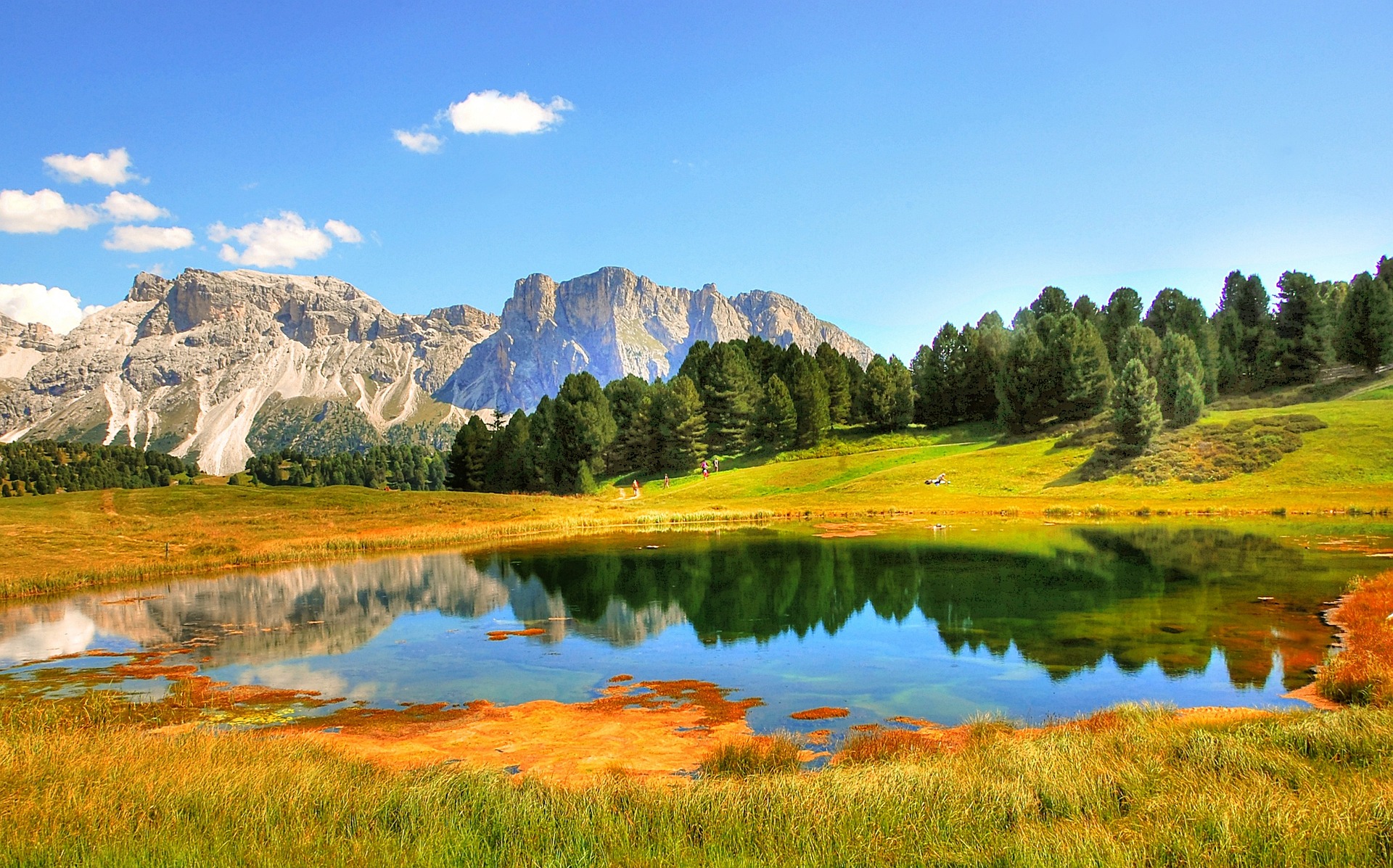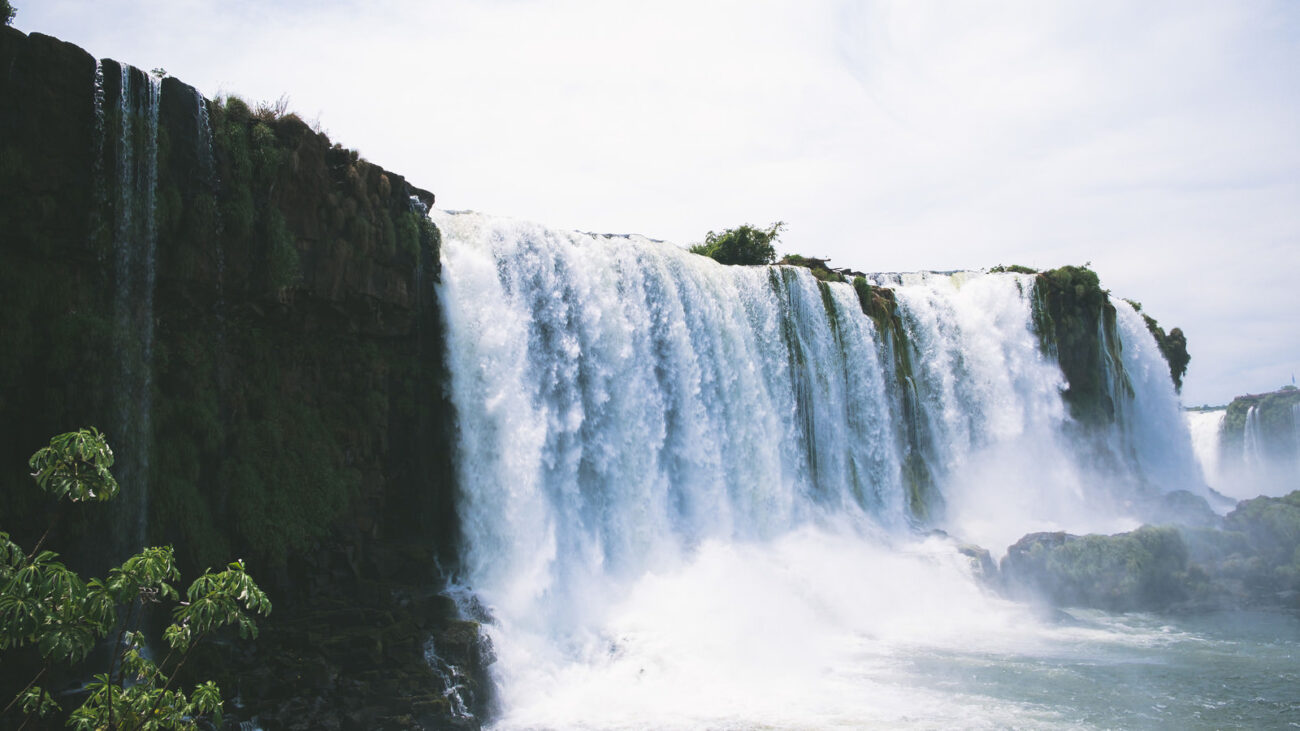
Blog
50 World Heritage sites are in danger!!

Hello, dear readers! Today, I would like to talk to you about something that affects not only our environment but also our shared history and identity: the impact of climate change on cultural heritage.

At least once, you would have seen a world heritage. Climate X, a company analyzing the risks of climate change, has announced a list of 50 UNESCO World Heritage Sites that are predicted to suffer severe damage due to climate change, based on its latest research. This study employed models to forecast the impacts of various climate disasters, such as tropical cyclones, extreme heat, and floods, on World Heritage Sites over the next 100 years. The analysis covered all 1,223 UNESCO heritage sites.
What causes this situation?
Let me introduce 3 main threats.
- Rising Sea Levels
Venice, the city known for its unique topography and location within a lagoon, is highly vulnerable to the impacts of climate change.
At the end of 2019, flooding that reached 1.87 meters submerged over 80% of Venice, resulting in damages estimated at 1 billion euros. The impact was severe and enduring, inflicting significant harm on the marble and other architectural features of the city’s historic structures. In terms of economic recovery, ongoing initiatives to address the flood damage include the restoration of Saint Mark’s Basilica, which is valued at 3.3 million euros.

2. Extreme Weather Events
Extreme weather events are becoming more common, and they bring destruction in their wake. Think about the wildfires that swept through Australia or Canada, devastating not just the natural landscapes but also sacred sites and cultural monuments.

Almost all of you still remember the wildfire in 2023, right? According to the CIFFC, the area of seasonal disappearance has reached at least 7,563,045 hectares because of the wildfire, surpassing the previous worst record of 7,105,998 hectares in 1995.
3. Temperature Changes
Have you ever thought about how temperature changes affect historical artifacts? Many of our beloved sculptures, paintings, and textiles are sensitive to climate fluctuations.

Take the ancient Egyptian monuments as an example. Around Aswan, temperatures often exceed 40°C, slowly causing many rose granite structures to crack. The granite expands in the daytime heat and contracts in the cooler night air. As a result, on Elephantine Island in the mid Nile, several inscriptions, including one where a senior official records his duties of collecting stone for his pharaoh, have largely faded away.
What we are doing for the conservation?
Next, I’ll dive into what various organizations around the world are doing specifically. Many conservation organizations are actively addressing environmental challenges. For instance, groups like UNESCO, the Green Climate Fund, the European Union, and National Funding initiatives are making significant efforts. Let’s take a closer look.
UNESCO
Risk Assessment and Monitoring: UNESCO regularly assesses the condition of World Heritage sites and monitors the impacts of climate change. UNESCO is also assessing how much countries are contributing.
UNESCO’s recent report, World Heritage Glaciers Sentinels of Climate Change releases new UNESCO data highlighting the accelerated melting of glaciers in World Heritage sites, with glaciers in a third of sites set to disappear by 2050.
Funding Support: The organization offers financial assistance for projects aimed at protecting World Heritage sites, particularly those focused on adapting to climate change.
The World Heritage Committee determines both the budget for the World Heritage Fund and how it is allocated. For the biennium 2024-2025, the World Heritage Fund is set at 5.8 million dollars.
IUCN
According to IUCN report, in total, 37% of 252 World Heritage sites with nature are needed for conservation. And 7% of them are critical. Then this organization announced World Heritage Strategy 2023-2030. In this article, they set up the priorities and goals including strengthening technical, institutional and financial capacity of World Heritage sites to enable effective protection and management.
A Call to Action
As we confront the realities of climate change, we must take on the preservation of cultural heritage. Certainly, there are many organizations that are trying to protect and conserve the nature around the world. However, climate change doesn’t stop. Regardless their activities, the global warming is still becoming worse.
So, what do we need? Yeah, the answer is clear. We need to take action. Even if we can’t do something specific, we can support or help them directly or indirectly. From individual activities to organization’s ones. There are a lot of ways. We can also invest in the projects or support some companies that reduce carbon from atmosphere. We’re free of which option to choose. Let’s contribute to the world together.
